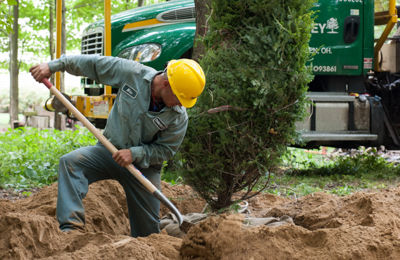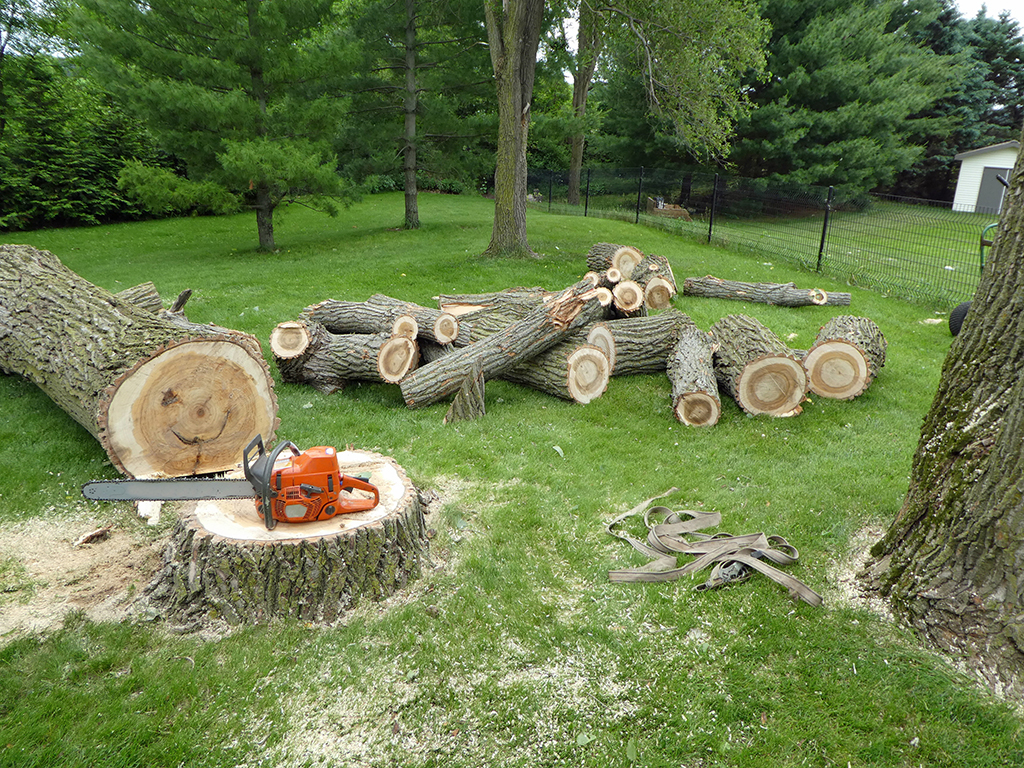Comprehending the Significance of Tree Preservation and Conservation Practices in Urban Locations
In the busy landscape of urban atmospheres, trees frequently stand as quiet guardians, offering a wide variety of benefits that prolong far beyond their aesthetic appeal. As we explore the interwoven textile of environmental, social, and financial advantages that urban trees supply, it comes to be obvious that their conservation is pivotal for the health of future and present generations.
Environmental Benefits of Trees in Cities
Trees in metropolitan areas play a vital role in offering numerous environmental advantages, adding to the general health of city dwellers. One substantial advantage is the enhancement of air high quality. Trees work as all-natural filters, soaking up toxins such as carbon monoxide gas, sulfur dioxide, and nitrogen dioxide, and launching oxygen right into the ambience. This process helps decrease the concentration of hazardous gases, making the air cleaner and healthier for residents.

In addition, trees add to water administration by reducing stormwater runoff and soil disintegration. Their origin systems take in excess water, avoiding flooding and filtering toxins before they get to water bodies. This all-natural procedure helps keep water high quality and shields marine ecosystems in metropolitan areas. In general, the environmental benefits of trees in cities are important for producing habitable and lasting urban atmospheres.
Social Value of Urban Tree Preservation
In contemporary urban landscapes, the preservation of trees holds significant social value for cultivating neighborhood well-being and improving lifestyle. Urban tree preservation plays an important duty in creating areas for social interaction and community interaction. Trees offer meeting place for individuals, such as parks and environment-friendly areas, where communities can come with each other for recreational tasks, get-togethers, and leisurely walks. The visibility of trees in city setups has been connected to lowered degrees of stress and anxiety, improved mental health, and boosted feelings of wellness amongst homeowners. Additionally, trees contribute to the appearances of neighborhoods, producing visually attractive environments that enhance the general livability of metropolitan locations.

Economic Worth of Tree Conservation
The conservation and preservation of urban trees offer significant financial benefits that add to the overall financial health of cities and communities. Urban trees give a vast array of financial advantages that positively impact regional economic situations. One substantial economic advantage of tree preservation is the rise in residential property worths. Trees improve the visual charm of areas, bring about greater residential or commercial property worths and bring in prospective why not find out more buyers or tenants. Furthermore, metropolitan trees help in reducing energy expenses by supplying shade in the summertime and working as windbreaks in the winter, therefore decreasing the demand for home heating and cooling systems.
Additionally, trees play a crucial function in minimizing stormwater overflow and reducing the effects of flooding, which can lead to expense savings for cities in regards to infrastructure repair and maintenance. Urban trees likewise contribute to enhanced air top quality by taking in toxins and launching oxygen, causing prospective financial savings in medical care costs connected with respiratory system health problems. By recognizing and spending in the financial value of tree conservation, cities can promote lasting growth, enhance quality of life, and produce even more resistant urban atmospheres.
Approaches for Lasting Urban Tree Administration
A thorough method to lasting urban tree administration includes incorporating varied approaches that prioritize lasting ecological health and community well-being. Applying tree stocks and evaluations is critical to comprehend city tree populaces, their health and wellness, and upkeep requirements. Regular pruning, watering, and mulching are essential methods to ensure tree vigor. Moreover, embracing tree planting programs that concentrate on native and climate-resilient types moved here can boost city biodiversity and sustainability.
Neighborhood engagement plays an essential function in lasting city tree monitoring. Educating citizens about the benefits of trees, organizing tree planting occasions, and entailing volunteers in tree care activities cultivates a sense of ownership and stewardship. Partnership in between city government, environmental companies, and residents is vital to developing and applying efficient tree management plans.
Spending in eco-friendly infrastructure, such as green roof coverings and metropolitan woodlands, can give several benefits, consisting of improved air top quality, stormwater management, and urban warmth island reduction. RC Property Services Guilford CT. Integrating trees right into metropolitan planning and design processes makes sure that trees are valued as essential elements of a healthy and resilient metropolitan environment
Neighborhood Participation in Tree Conservation
Area participation is a fundamental part in promoting lasting city tree management techniques and making certain the long-term health and preservation of metropolitan tree populations. Involving the area in tree conservation initiatives can lead to enhanced awareness, recognition, and stewardship of trees within city locations. When residents proactively take part in tree planting, preservation, and maintenance efforts, they create a sense of ownership and pride in their local atmosphere.
Area participation also promotes social communication and partnership amongst homeowners, neighborhood authorities, and environmental organizations, cultivating a shared responsibility for urban tree preservation. By arranging tree growing events, instructional workshops, and volunteer possibilities, communities can work with each other to enhance the urban tree cover and produce greener, much healthier cities. Including residents in decision-making procedures concerning tree administration makes certain that varied viewpoints and local understanding are considered, leading to more lasting and reliable preservation techniques. Inevitably, community participation plays a crucial duty in building resilient and thriving urban woodlands for find more future generations to appreciate.
Final Thought
Finally, metropolitan tree preservation and conservation practices play a vital function in boosting the environmental, social, and financial health of cities. By identifying the worth of trees in urban locations and executing lasting administration techniques, areas can appreciate the countless benefits that trees provide. It is imperative for stakeholders to actively take part in tree conservation initiatives to make certain a greener and healthier metropolitan setting for present and future generations.
